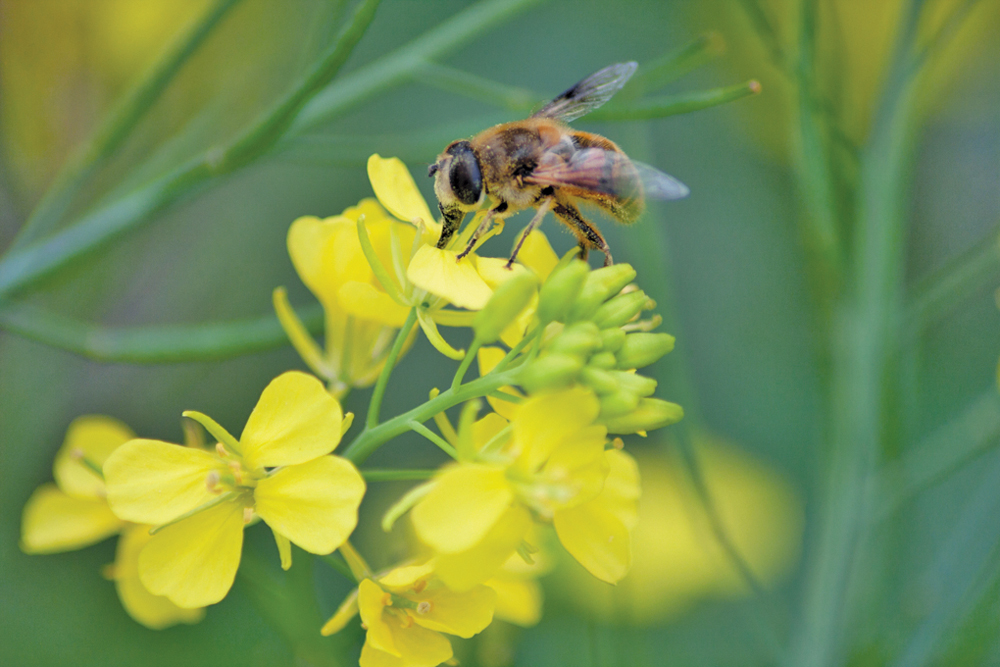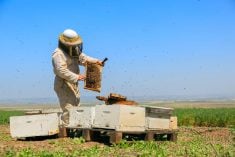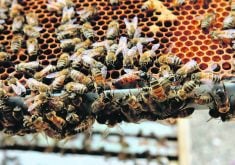Neonicotinoid pesticides affect honeybees’ ability to groom and rid themselves of deadly mites, a University of Guelph study has revealed.
The research comes as Health Canada places new limits on the use of three key neonicotinoids while it decides whether to impose a full phase-out of the chemicals.
Neonics are the most commonly used insecticides in Canada, but they have also been linked to honeybee colony collapses.
“When bee colonies began to collapse years ago, it became clear there wasn’t just one factor involved,” said Nuria Morfin Ramirez, who completed the research as part of her PhD. “We were interested in whether there was an interaction between two of the main stressors that affect bees: varroa mites and a neurotoxic insecticide, clothianidin.”
Read Also

Journal pulls long-cited glyphosate study for ethics violations
The journal Regulatory Toxicology and Pharmacology has retracted a 2000 Monsanto-linked glyphosate review, drawing new scrutiny as Bayer faces mounting legal pressure.
The study revealed that when honeybees are infected with varroa mites and then regularly exposed to low doses of a commonly used neonicotinoid called clothianidin, their self-grooming behaviour drops off.
Without that self-grooming, bees are susceptible to mites that can also carry viruses that can quickly kill, said Morfin Ramirez.
The mites kill bees by slowly feeding off their blood and body fat, and can also transmit deformed wing virus. One of the only ways bees can protect themselves is to groom aggressively and brush the mites off.
“What we found was a complicated interaction between the mite and the pesticide that decreased the proportion of bees that groomed intensively, and affected genes associated with neurodegenerative processes,” Morfin Ramirez said.
The study concluded that reducing stressors on bee colonies was key to reducing colony mortality.















